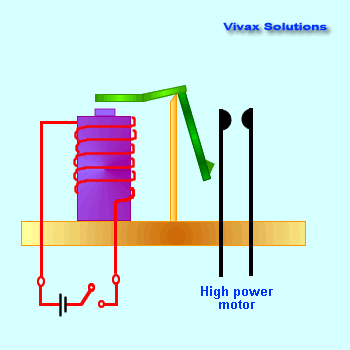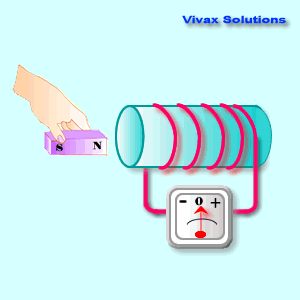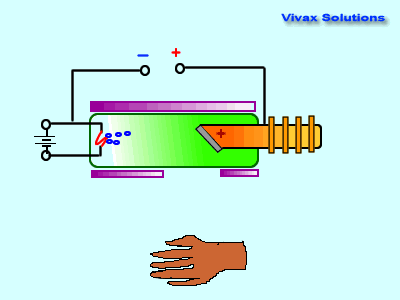Physics Lab
The Physics lab consists of animations that we use everyday in real life - some of which we take for granted, without thinking much about it. The animation on the humble electric bell is a case in point.
There are animations to demonstrate loudspeaker, electromagnetic relay, electromagnetic induction, and X-ray production.
Moreover, there are two programmes: one for the calculation of the temperature of a distant star; the other for making colours from primary colours .
Loudspeaker
Electromagnetic Relay

Electromagnetic Induction

X-Rays

Electric Bell
The Casual Astronomer
Calculate the temperature of a
distant star - yes, it is feasible; no gimmick.
Look at
your favourite star for a few seconds and then get an idea about its
colour. Afterwards, look at the following table and find the nearest
wavelength that corresponds with the colour.
- Put the wavelength in the textbox
- The temperature will be calculated automatically in the other textbox
- No sophisticated equipment; no complex calculations
| |
|
|
|
|
|
|
| 650nm |
590nm |
570nm |
510nm |
475nm |
445nm |
400nm |
The Colour Maker
Do you know that, each colour you see around you are a combination of just three colours? These three 'major players' are called Primary Colours.
The three primary colours are Red, Green and Blue.
This programme lets you mix them as you wish and produce the colour accordingly.
You will not believe your eyes! you can produce millions of colours, using this tiny programme.
Enter a number less than 256 into each text box and mix; you tap on, one of the millions!
Boyle's Law
The volume of a fixed mass of gas is inversely proportional to its pressure at constant temperature.
p ∝ 1 / v
p = k 1 /v
pv = k
Please move the slider and experiment with it.
P ∝ 1 / V